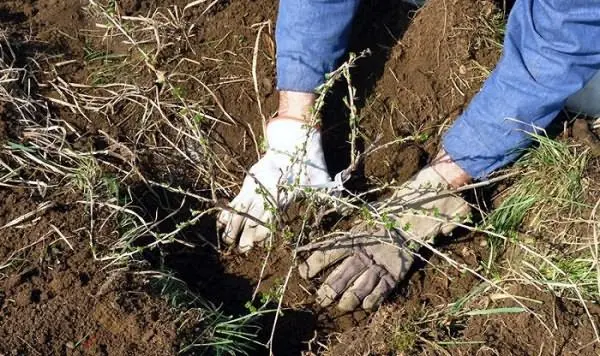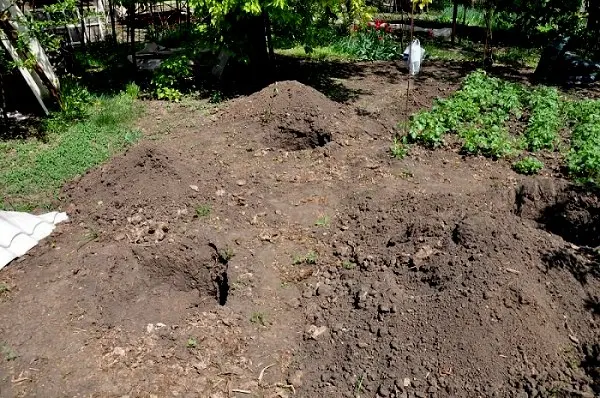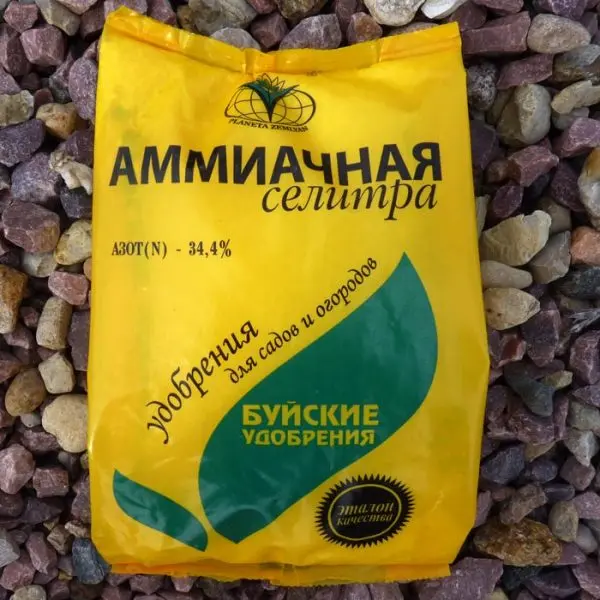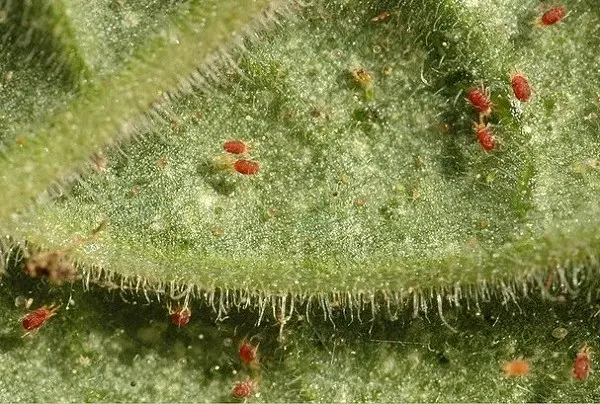Contents
As you know, all gardeners strive to select crop varieties that are highly resistant to diseases, tolerate temperature changes well, do not require undue attention, but at the same time bring a bountiful harvest. Speaking of a culture like gooseberries, it is also desirable that there are no sharp thorns. Breeders are not sitting idle and Grushenka gooseberry is offered to your attention.
Variety description
Plants of the variety do not differ in large growth – a medium-sized bush, slightly sprawling, covered with shiny leaves of bright green color. The shoots of the plant are characterized by excellent branching – the variety forms a bush very quickly, even after careful pruning.
Gooseberry Grushenka blooms with multi-colored flowers quite early, but rarely suffers from frost due to its incredible durability. The variety owes its name to the shape of the fruit – they are slightly elongated, vaguely resembling a pear. The berries ripen in a pleasant purple color, each weighing about 5 g. And although the fruits of the variety cannot be called large, their modest size is more than offset by quantity. Grushenka has a pleasant sweet and sour taste, rich in microelements.
The undoubted advantages of the Grushenka variety include the longevity of plants – each bush is able to retain its fruiting properties for 20 years. Another factor, without mentioning which the description of the variety would be incomplete, is frost resistance: this variety is perfect even for summer residents who rarely visit their garden, so they cannot devote due time to building the necessary shelter.
The variety is also undemanding to the soil. It grows well and bears fruit in any soil. The yield of the Grushenka variety is really impressive, due to the specifics of the plant, the fruits cover the branches along their entire length, often, behind the abundance of berries, it is difficult to even see the foliage. In addition, the variety is disease resistant.
And finally, we note that the Grushenka gooseberry belongs to thornless crops, so harvesting does not cause any trouble.
Video “Description”
From the video you will learn about the features of gooseberry varieties.
Features of landing
Seedlings of this variety take root well both if they are planted in autumn and when planted in spring. For Grushenka, it is better to select open, sunny areas, without the danger of excessive moisture. It is necessary to approach the choice of a place especially carefully. The variety is very sensitive to transplants and tolerates them extremely poorly.
Most summer residents are inclined to believe that it is better to plant gooseberry seedlings in the fall, then the young bushes will have time to take root well, and with the advent of heat they will begin to actively develop.
To do this a month and a half before the frost hits, then the young plant will have time to gain strength for the upcoming winter. If, nevertheless, it was decided to postpone the landing to spring time, it is worth choosing a period when the snow cover has completely disappeared, and the swelling of the kidneys has not yet begun.
If you decide to acquire not one Grushenka bush, but several plants at once, then the description of the planting process will be as follows: try to maintain a distance of about a meter between the holes – given the sprawling variety, the bushes will have enough living space. You should not plant a shoot that has not had dry roots or damaged shoots removed – ruthlessly remove them with a pruner. Try to cover the root system with soil as evenly as possible, avoiding the appearance of voids between the processes.
Care of the plant
Like any variety, Grushenka loves attention. Of course, you will have to mess with it much less, but you need to perform a certain set of manipulations. Gooseberries of any variety, in order to effectively bear fruit, need high-quality and regular loosening of the soil. Do not forget about weeds – we also ruthlessly remove them, allowing the roots to freely develop the soil. Like any fruit variety, Grushenka will be grateful for your fertilization: twice a year (in autumn and spring) you need to add a standard set of nutrients – potassium chloride, saltpeter, compost and superphosphate.
The value of shaping pruning cannot be underestimated. It allows you to avoid thickening, allows the sun’s rays to penetrate to each berry, and also increases the yield of the variety – after all, extra shoots take away vitality from the bush.
Harvesting
The variety begins to bear fruit quite early – you will pick the first berries at the end of June and last until the beginning of August. From each bush you can collect about 5 kg of berries. Due to its nutritional properties, gooseberries are widely used in the treatment of obesity, anemia and hypertension.
Fighting diseases and pests
As a rule, gardeners are faced only with the task of protecting gooseberry bushes from insects – in relation to diseases, the variety has shown itself to be remarkably resistant. But even pests rarely attack bushes, with the exception of the rare, most voracious individuals. Here are the ones you should pay attention to:
- in early spring, gooseberries can attack the spider mite. It is not difficult to detect it: the entire back surface of the leaves will be covered with a small cobweb. The pest feeds on the sap of the plant, gradually depriving it of vitality. As a result, over time, the leaves turn yellow and dry. As soon as similar symptoms are noticed, you should immediately start processing the bushes if you do not want to completely lose the crop. An infusion of wormwood has proven itself well: 0,5 buckets of crushed plants are poured with a bucket of water and insisted for a day. After that, the composition must be boiled for 30 minutes, cool and strain. Now the product must be diluted with the same amount of water, and add 40 g of ordinary laundry soap for greater stickiness;

- another frequent “guest” on gooseberries is shoot aphids. To combat this pest, there is the drug “Fufanon”, it can be purchased at the nearest agricultural store;
- gooseberry moth – the insect feeds on the leaves of the plant, often leaving only petioles from them. In order to prevent its appearance, you should not leave fallen leaves under a bush for the winter – pests can winter in it. In the spring, the bushes are carefully sprayed with a tobacco solution.
As you can see, Grushenka has not so many enemies, and the methods of dealing with them are widely known. Be sure to try to get to know this variety better, you will certainly be pleased with the result, and the generous culture will give you tasty and healthy berries for many years, without requiring special efforts and increased attention.
Video “Secrets of Growing”
From the video you will learn about the secrets of growing gooseberries.










